Lenovo Announced World's First Foldable Laptop
Aadhya Khatri - May 16, 2019
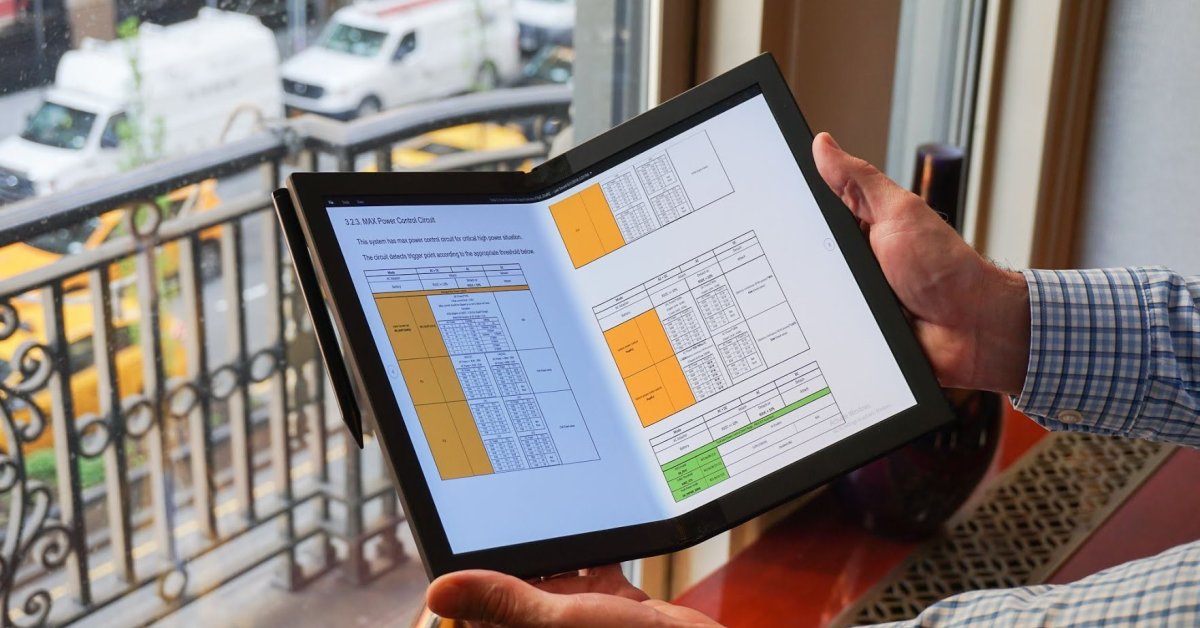
If foldable smartphone makers want a larger screen on their devices, Lenovo aims at compact
- Best Gaming Phones 2025: Top Devices for Mobile Gaming
- Samsung Odyssey 2025 Gaming Monitors Launch in India with Revolutionary Features
- Samsung Galaxy Z Fold 7 Ultra: The Next Chapter of Premium Foldables
Foldable phones are believed to be the next big thing in technology. Despite Samsung’s initial problems with its Galaxy Fold, the general public still put their hopes on a future where they can have a smartphone with a flexible screen. And makers are preparing for spin-offs of the original idea too. Recently, Lenovo announced that it was having at hand a prototype of the world’s first foldable PC called ThinkPad. It is basically foldable phone technology squeezed into a much larger scale.

Lenovo did not just want to show off its technology level, though. The company has been working on this project in the last three years, and it planned to bring the ThinkPad to reality in 2020 as part of its ThinkPad X1 line. What Lenovo is after here is a device that will be used as a laptop, not a smaller substitute like a tablet is.
Now move on to more details on why the company thought about building a foldable laptop. It is not just following the foldable phone trend but instead, go to the opposite direction. If Samsung and Huawei want to give users more of display acreage by adding to the average size of a regular smartphone, Lenovo aims at giving laptops the portability that many other companies have been pursuing over the years. So in short, it will try to reduce the acreage of a regular laptop.
Lenovo prototype features a 13.3-inch 4:3 2K OLED display that when folded up, has the size of a typical book. The company does not say exactly how much the laptop weighs, but we can be sure that it is less than two pounds, an equivalent of a hardcover copy of a Harry Potter book. With this weight, it is lighter than many other laptops in the portable group. When users fold it in, the size becomes even smaller than a regular laptop.
Lenovo allows some people trying the prototype but actually, at this stage of development, there is not much to talk about. The screen folds just like the company said it does and Windows works well with the touch mechanism. What is different here is the software and optimization that go with the folding screen. That is what Lenovo said since the complete ThinkPad has not been out yet, it is too early to say anything now.
Most reviewers have a positive feeling about the foldable laptop. When it does its trick, the laptop becomes smaller than the 13-inch one. This is not something you can fit comfortably in your pocket like a smartphone, but it is compact. Some even said that it was like holding a glowing book on their hands. Lenovo, or another maker that may embrace this technology, might add an e-reader mode to this laptop, if it turns out to be accurate, a lot of readers will be thrilled.
The folding mechanism has not been finished yet. This is the prototype stage, after all. Lenovo did let anyone took pictures of the hinge, so we do not know how it looks up close or how it works. From what reviewers said, the screen’s viewing angle is inferior. The colors change when you just change the perspective slightly, which is a big problem for folding screen. Lenovo may address this issue in the future when it further develops the technology, and hopefully, it will succeed.
Lenovo has already had a few ideas on how users can use their ThinkPad. It can be a huge tablet, or when it is folded partly, it can be a book. There is a kickstand onboard so that you can put in the table and connect in a wireless keyboard and trackpad.
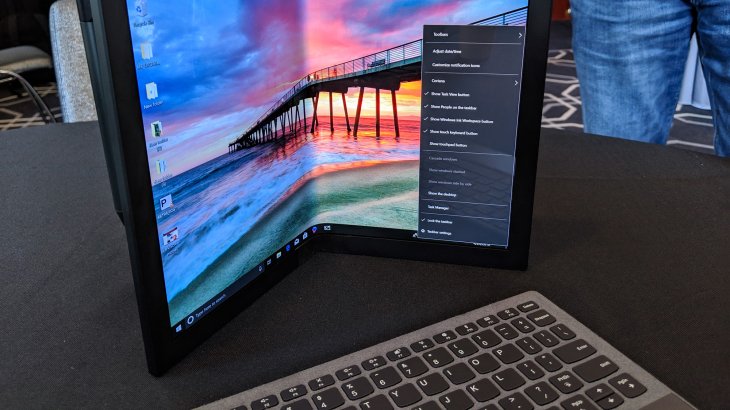
The feature that reviewers find the most interesting is the ability of the ThinkPad to be used as a traditional laptop without any additional accessory. You can fold it half way and use one part as a writing board or a virtual keyboard, which resembles the company’s two-screened Yoga Books. The ThinkPad is designed so that the battery is contained in the right side of the screen, that part that will be the bottom. With this arrangement, when you set up the device to be a laptop, the weight of the battery will prevent it from toppling over.
Apart from the folding mechanism, the ThinkPad’s specifications might be the thing the public cares about the most. Lenovo keeps that information secret, but we do have some basics to start with. Under the hood, the device will run on Window and has Intel CPU. We have no idea how many hours the battery will give us or about the RAM capacity, but Lenovo said that the ThinkPad could last for a whole day.
The company also talked about cellular support like a Wacom pen. It might clip on the front and slides to one side when you unfold the device. The prototype does not have a headphone jack, but we do not know for sure if the complete device will have one or not. Plus, the ThinkPad will be charged via a USB-C.
The foldable technology has been discussed for a few years now, but it is still at the infant stage. The scandal over the Galaxy Fold does cast a cloud over the future of this kind of device and the like. In answer to what happened to Samsung’s device, Lenovo said that they would try their best to prevent a similar issue to happen to their own products. The company doubles the number of tests it does to make sure that the foldable mechanism works as it promises. The launching date is way in the future so the company will probably have plenty of time to solve any trouble should they arise.
That is all anyone can say about Lenovo’s folding ThinkPad. All we have now is the look and a few basic specs, no price, no exact launching date, no detail on the hardware and the software. But it is encouraging to see the way Lenovo embraces the idea of foldable devices and develop them for larger items than a smartphone. So stay tuned until next year to see what the company can come up with.
Featured Stories
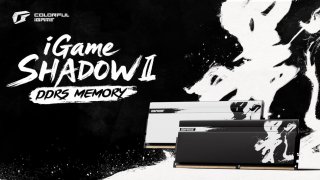
Gadgets - Jul 21, 2025
COLORFUL Launches iGame Shadow II DDR5 Memory for AMD Ryzen 9000 Series
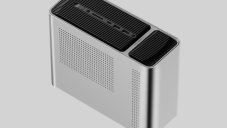
Gadgets - Jun 23, 2025
COLORFUL SMART 900 AI Mini PC: Compact Power for Content Creation

Review - Jun 18, 2025
Nintendo Switch 2 Review: A Triumphant Evolution Worth the Wait

Gadgets - Jun 18, 2025
Starlink: Why It’s a Big Deal for U.S. Internet in 2025

Gadgets - Jun 17, 2025
How Custom PC Setups Support India's Esports Athletes in Global Competition

Gadgets - Jun 12, 2025
Lava Prowatch Xtreme Launches with Google Fit Integration

Gadgets - Jun 07, 2025
Fujifilm Instax Mini 41 Launches in India: Stylish Instant Camera Now Available...
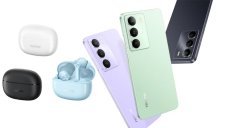
Mobile - Jun 07, 2025
Realme C73 5G Launches in India: Budget 5G Phone Starts at ₹10,499
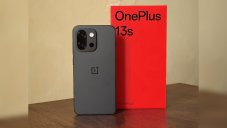
Gadgets - Jun 07, 2025
OnePlus 13s Makes Indian Debut: Compact Flagship Brings Premium Features at...
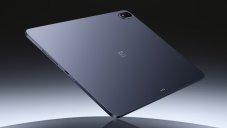
Gadgets - Jun 07, 2025
Comments
Sort by Newest | Popular